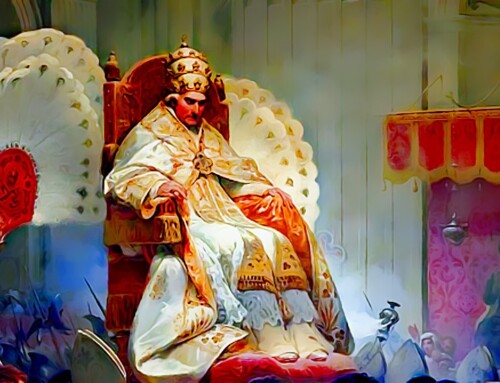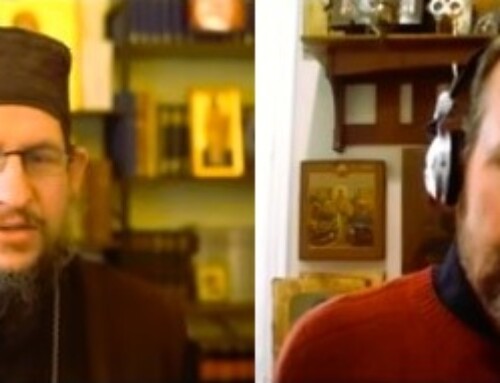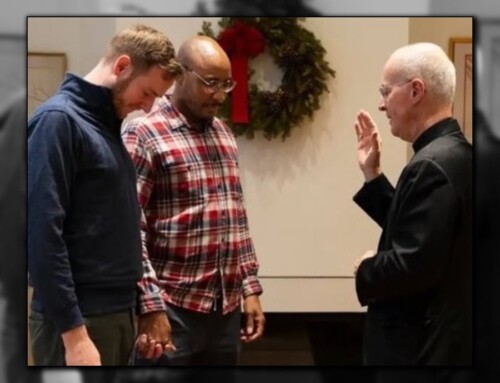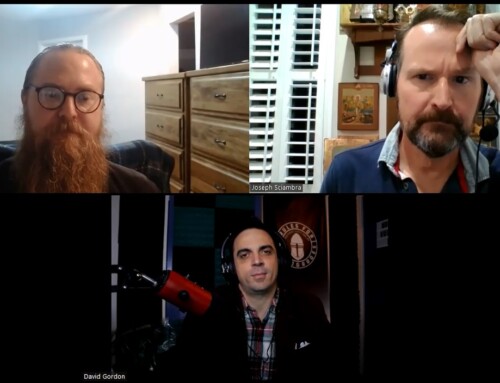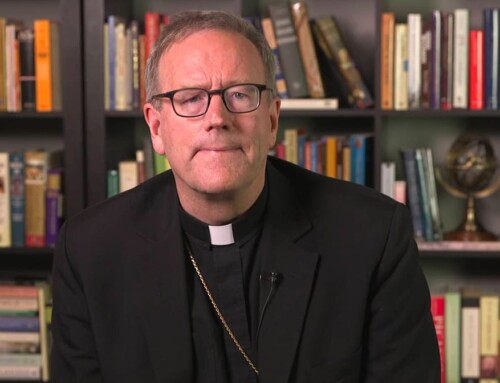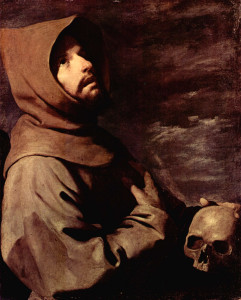
One of my favorite films directed by one of my favorite directors is “I Confess” from the great Alfred Hitchcock. The story revolves around a Catholic priest (played by Montgomery Clift) who is accused of a murder he did not commit. As with many of Hitchcock’s films, what makes it great is the tension between two worlds: one of the sacred and the sacrilegious. Hitchcock himself encapsulated this duality. On one hand: he was a devout Catholic and family-man, on the other: endlessly fascinated with the macabre. His masterpiece “Vertigo” is the best example. Here, the stalwart James Stewart is torn between his passion for the common and easy Judy and his fascination with the pure and ethereal Madeleine; the sinner and the saint. In “I Confess,” Hitchcock provided the world with one of the most beautiful and eloquent images of a Catholic priest. He is devout, but not overly scrupulous, young, but not foolish, caring, but not oppressive, masculine, but not overbearing, handsome, but not conceited. The only other place I have seen this, is in the paintings of some Baroque artists such as Caravaggio and Zurbaran. They exude the same strength and fragility, humbly self-aware but also otherworldly. In the film, while the priest represents the sacred, the film’s murderer is the profane. And he is truly evil. The viewer, confronted with this unremorseful hate, questions whether they could remain silent (as the priest) and keep the sacrament of Confession – holy. It’s an amazing film with an amazing cast.

